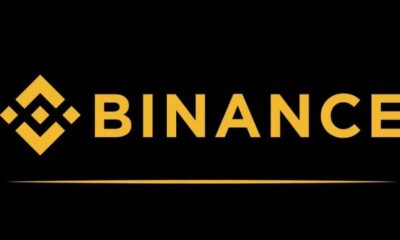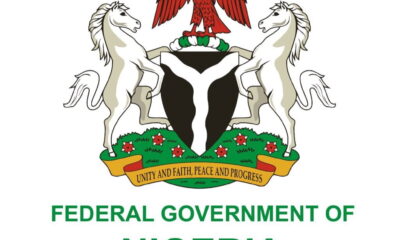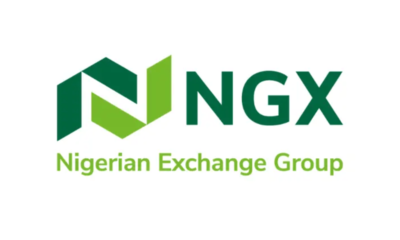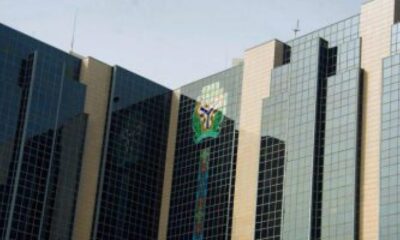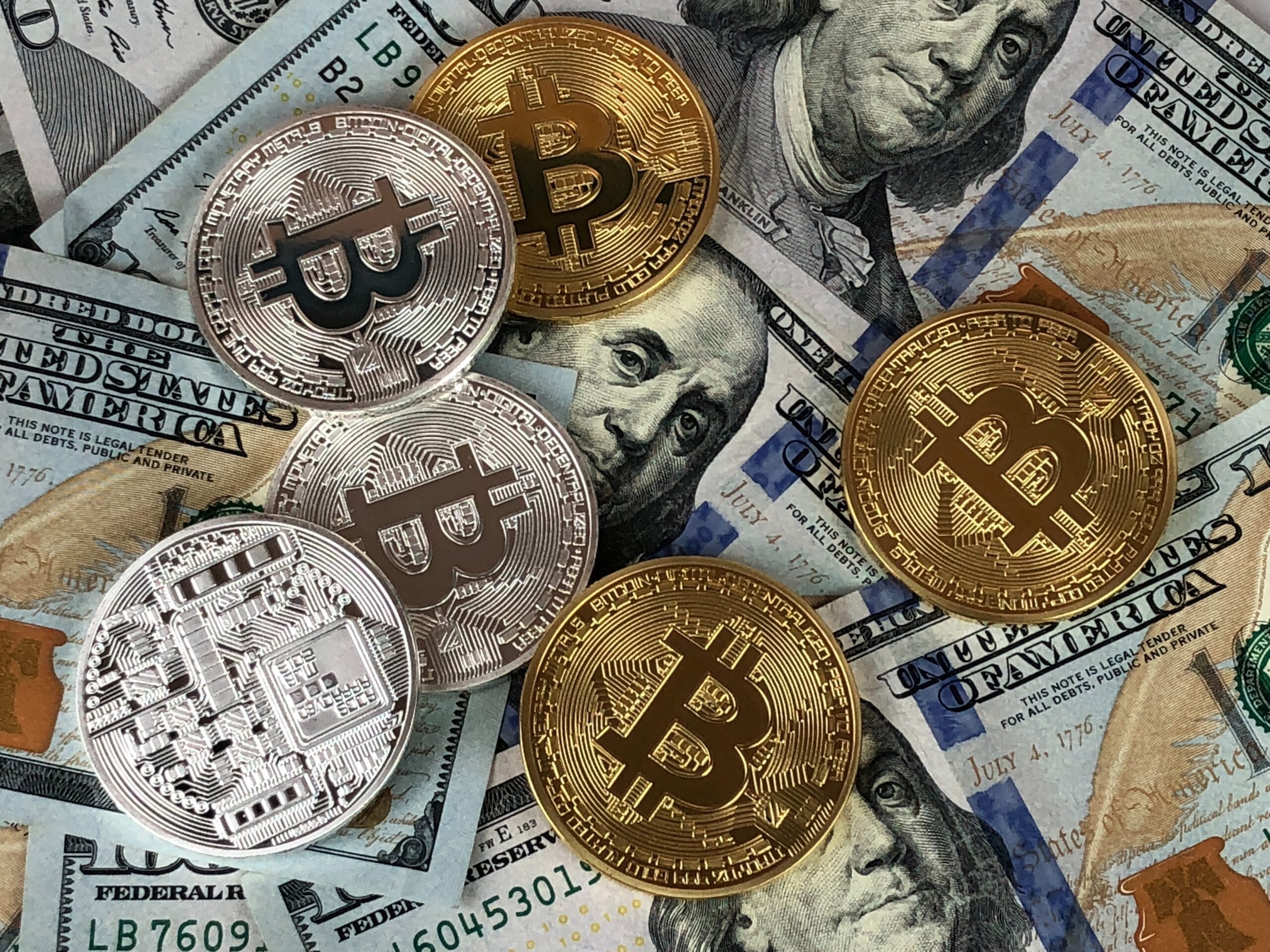Business
Forex Fraud: EFCC Looks into $347 Billion and Requests Foreign Companies
Published
1 year agoon


According to data from, the Economic and Financial Crimes Commission is looking into at least $347 billion that was given to Nigerian companies between January 2014 and June 2023. According to new information, the anti-graft agency has extended the scope of its investigation into forex allocation to include a few overseas companies that have operations in Nigeria.
Over a ten-year period, the Apex Bank of Nigeria provided local and foreign enterprises with a minimum of $347.49 billion to cover their foreign exchange requirements and obligations. This data was taken from the CBN’s sectoral utilisation of its forex statistics, which shows how foreign exchange is distributed and used in different economic sectors.

"use strict";
var adace_load_68708eb87ae17 = function(){
var viewport = $(window).width();
var tabletStart = 601;
var landscapeStart = 801;
var tabletEnd = 961;
var content = '%3Cdiv%20class%3D%22adace_adsense_68708eb87add0%22%3E%3Cscript%20async%20src%3D%22%2F%2Fpagead2.googlesyndication.com%2Fpagead%2Fjs%2Fadsbygoogle.js%22%3E%3C%2Fscript%3E%0A%09%09%3Cins%20class%3D%22adsbygoogle%22%0A%09%09style%3D%22display%3Ablock%3B%22%0A%09%09data-ad-client%3D%22ca-pub-6593740816138858%22%0A%09%09data-ad-slot%3D%222913030144%22%0A%09%09data-ad-format%3D%22auto%22%0A%09%09%3E%3C%2Fins%3E%0A%09%09%3Cscript%3E%28adsbygoogle%20%3D%20window.adsbygoogle%20%7C%7C%20%5B%5D%29.push%28%7B%7D%29%3B%3C%2Fscript%3E%3C%2Fdiv%3E';
var unpack = true;
if(viewport
})(jQuery);
This development is part of the EFCC’s investigation into foreign exchange allocations to the Dangote Group and 51 other companies that took place under the governorship of Godwin Emefiele, the most recent governor of the Central Bank of Nigeria.
Recommended: Today, January 16, 2024, Dollar To Naira Black Market Exchange Rate – AbokiFX » WHITEBEETLES
The EFCC focused its investigation on the 52 companies because they received the largest share of the $347 billion within the allotted time. As of Wednesday at press time, the precise amount received by these 52 top recipients of forex allocation under Emefiele during the review period was still unknown.

Examining the CBN’s quarterly statistical report, however, revealed that different industries profited from forex allocation under the import category. These included construction and related engineering, distribution, education, environment, financial, health, and social services, tourism and travel, leisure, cultural, and sports services, industrial, food products, manufactured goods, transportation, agriculture, minerals, and oil.
The bank distributed $65.99 billion in 2014, $44.6 billion in 2015, $25.5 billion in 2016, $27.64 billion in 2017, $40.81 billion in 2018, $43.99 billion in 2019, $28.24 billion in 2020, and $16.4 billion between January 2021 and September 2021. These figures represent the allocation broken down annually. Furthermore, $17.38 billion was distributed in the period from October 2021 to March 2022, and $36.88 billion was allotted in the period from April 2022 to June 2023.
The industrial sector, at $69.71 billion, was allotted the largest amount of foreign exchange under the imports category. Food products came in second at $24.88, manufactured goods at $32.73, transportation at $6.67 billion, agriculture at $2.83 billion, minerals at $2.88 billion, and oil at $37.46 billion were the next in line.
You may like


Binance To Exist Nigerian Market And Stop Providing Services In Local Currency


Nigerian Government Pays Off $120 Million of Its $1.3 Billion Gas debt


As Stocks Rise By N360 Billion, NGX Posts A Strong Gain


In An Effort To Increase The Value Of The Naira, CBN Sells $300 Million To Access, UBA, Zenith, and other companies


In Order To Combat Rising Inflation, CBN Hikes Interest Rates To 22.75%


Nigeria Considers Raising Interest Rates


